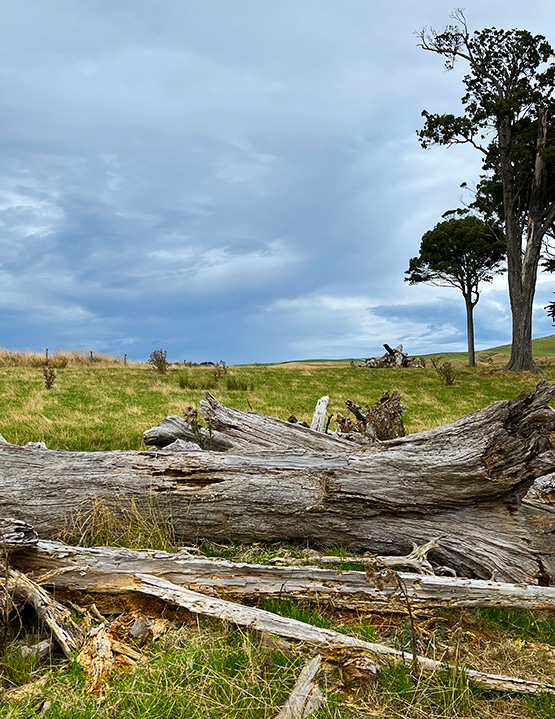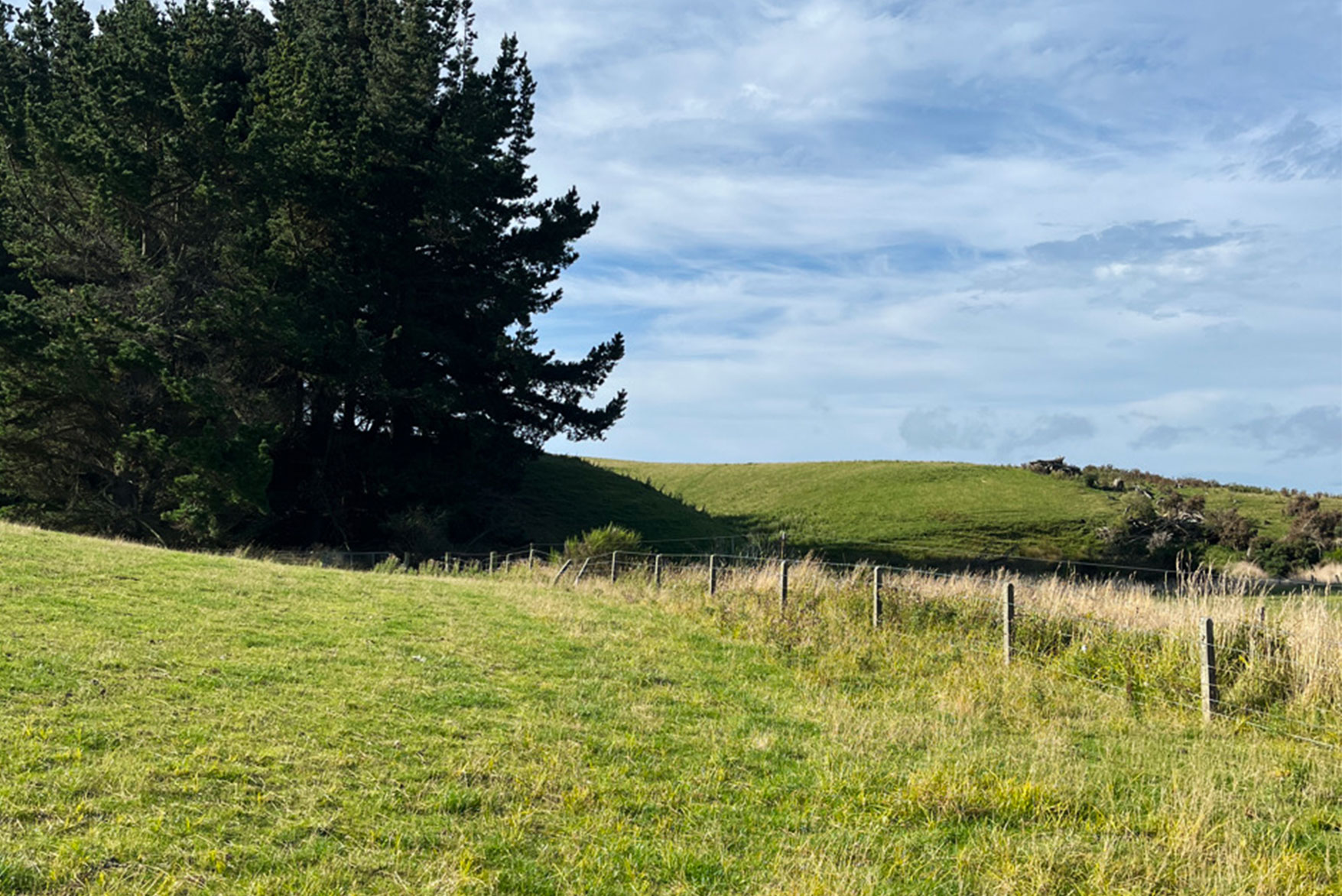Boffa Miskell designed a monitoring methodology to determine rabbit population levels across the control area and assess the effectiveness of the SPES rabbit control work programme. An initial report provided information on rabbit behaviour and impacts, control methods and current regulations. We performed a desktop analysis of the SPES rabbit control programme, including a review of control data and current land use. From this, a tailored monitoring methodology was developed to assess the effectiveness of the rabbit control programme.
Our biosecurity consultants undertook the initial monitoring for the programme. Team members visited ten properties to inspect for rabbit signs such as pellets, scratchings and fresh burrows. Sites were assigned a number on the Modified McLean Scale, a scale used to determine rabbit population levels.
A second report provided the results and data analysis from the first round of monitoring. It also provided recommendations for future monitoring based on lessons learnt and additional approaches for assessing programme effectiveness that can be used in conjunction with the formal monitoring methodology.
Rabbits can have significant ecological, agricultural, and economic impacts which worsen with higher density populations. They pose a risk to young plants with palatable foliage including domestic gardens and vegetable beds. Rabbits also act as a food source for other pest predators. Large rabbit populations help the establishment of mustelids as they are their preferred food. Rabbits also increase potential for erosion and soil degradation through their extensive burrowing. In high numbers, rabbits can compete with agricultural stock for food, grazing pasture and eating the most palatable grasses. They will also damage young trees and crops.

